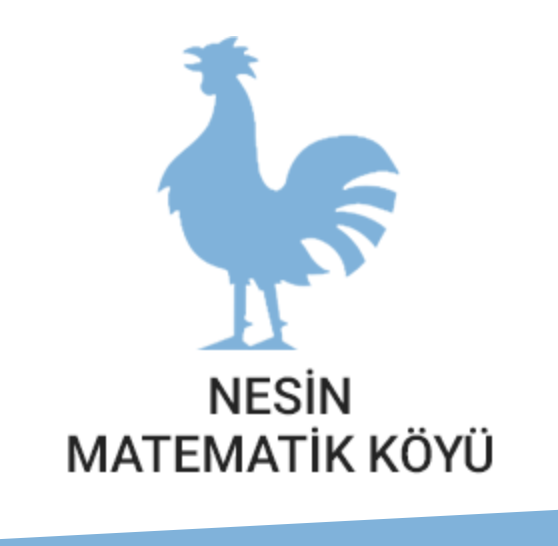2-8 September 2019
Title of the course: Mathematical Tools for Life Sciences: Matrices and Linear Algebra
Instructor: Dr. Andrés Aravena
Institution: İstanbul Ü.
Dates: 2-8 September 2019
Prerequisites: High school algebra. Curiosity.
Level: Advanced undergraduate, beginning graduate
Abstract: This course teaches the mathematical tools and concepts that young biologists will need to do science in the 21st century.
Experimental Sciences have changed a lot in the last decades, and they keep changing quickly. In old times, measuring a few variables was expensive and time-consuming, thus just carrying on an experiment had enough intrinsic value. This is no longer true, in all sciences in general, and in particular for molecular biology. Today experiments are performed by machines (DNA sequencing, microarrays, real-time PCR) or require cheap repetitive manual labor. Producing huge amounts of data is inexpensive and easy. The issue today, and even more in the future, is to extract meaningful information and new knowledge from the available experimental data.
The new generation of scientists need to understand how, when, and why to use applied mathematical tools, such as analytic geometry, matrices, and graphs. In other words, scientists need to know the fundamentals of linear algebra.
In this course we will learn about dynamical systems (discrete time, linear). We use vectors to represent the system state, and matrices to represent transitions and transformations of this system. Matrix multiplication then represents the composition of transitions. We will talk about the analytic geometrical interpretation of vectors and operations, such as dot product, determinants, cross products. Then we will talk about Identity matrices, matrix inversion, linear independence, and dimension. The main applications that we will discuss are descriptive statistics and multivariate linear regression using least squares. If time allows us, we will talk also about the analysis of graphs, eigenvalues, and Markov chains.
Textbook:
• “No Bullshit Guide to Linear Algebra” by Ivan Savov, 2017
• “How to Solve It” by G. Polya, 1945
• “Introduction to Mathematical Thinking” by Keith Devlin, 2012
• “Doing Math with Python” by Amit Saha, 2015
Language: EN

